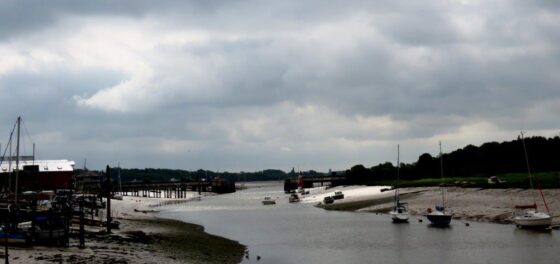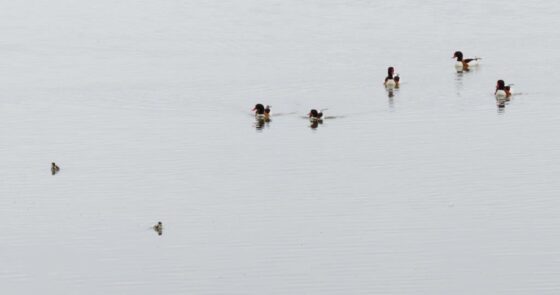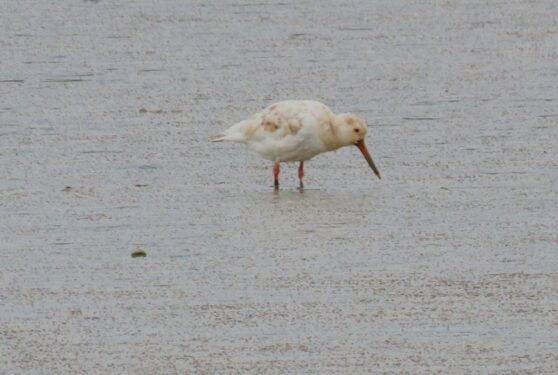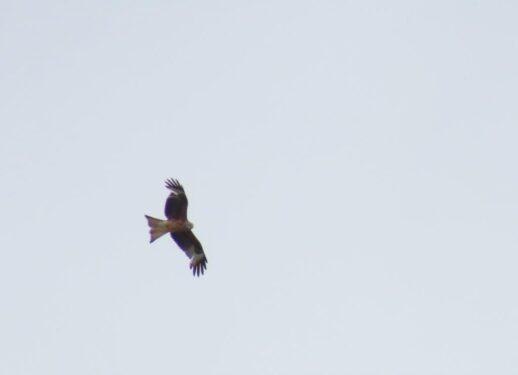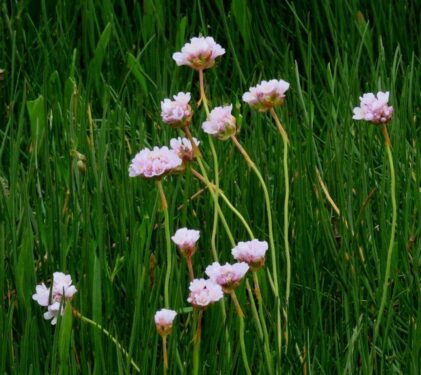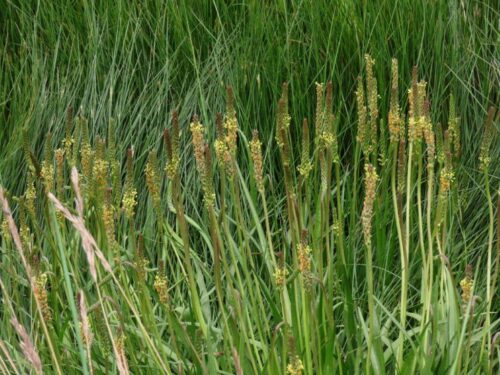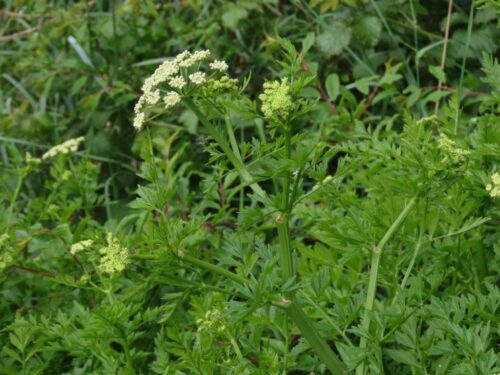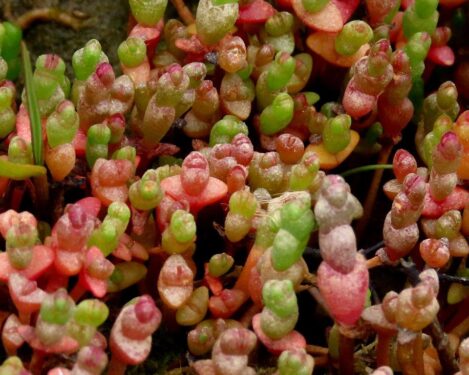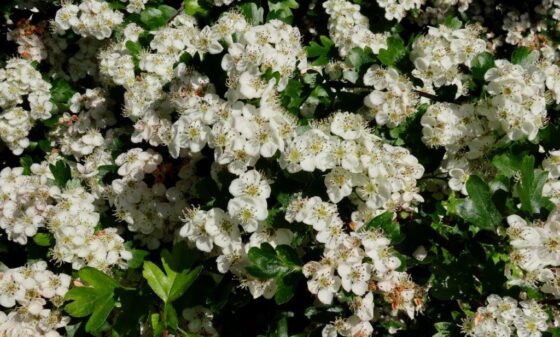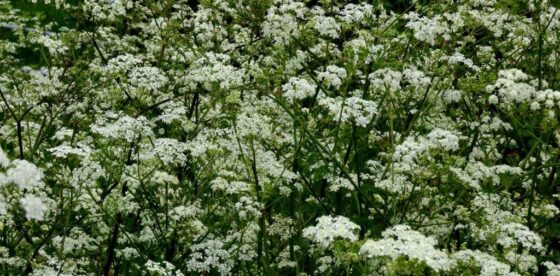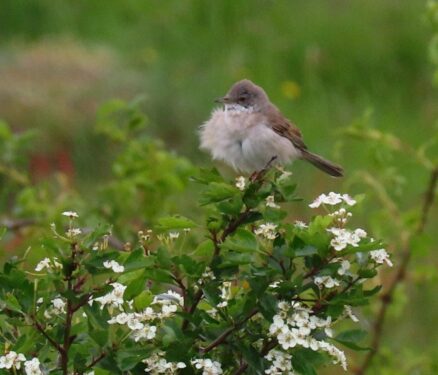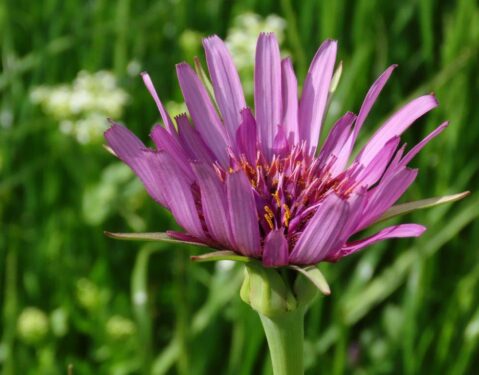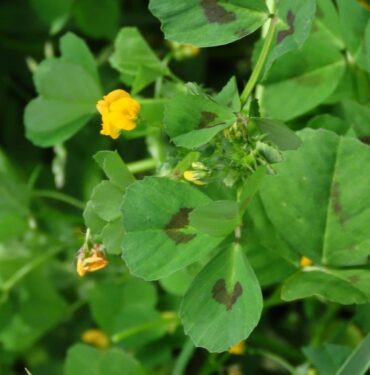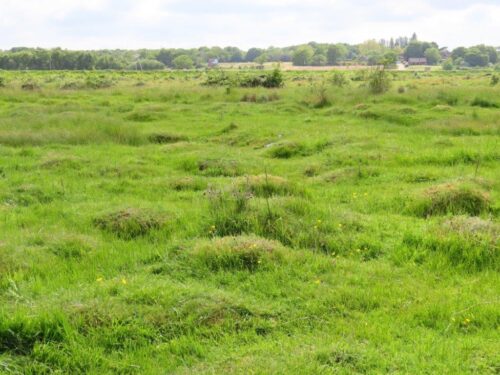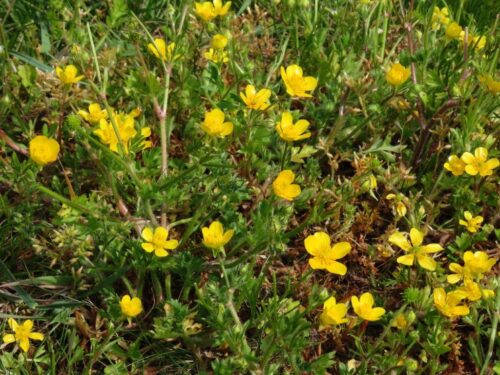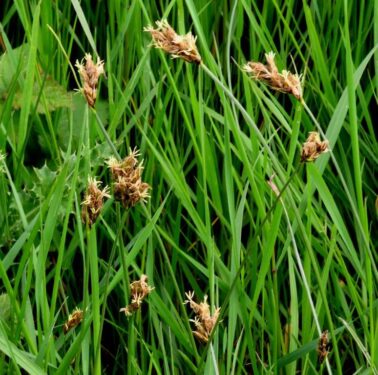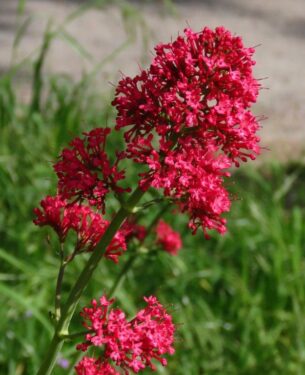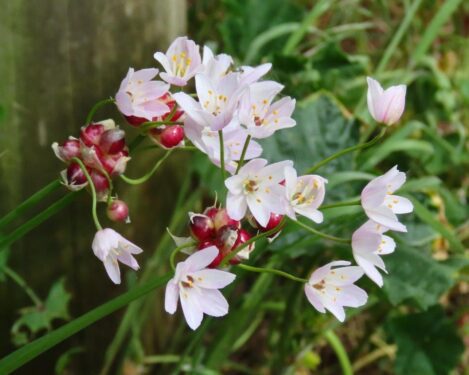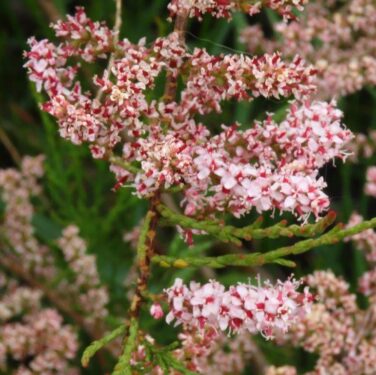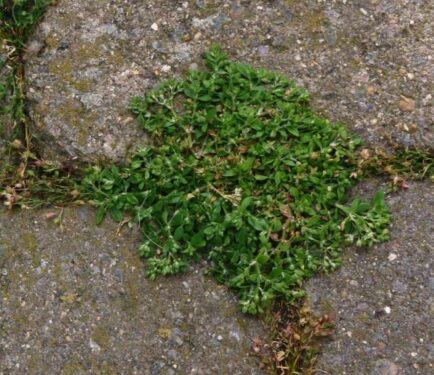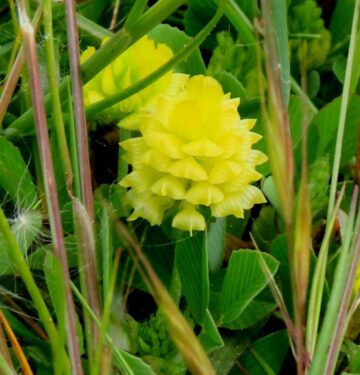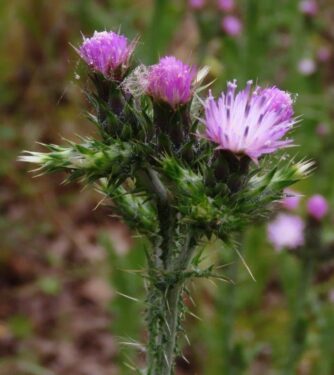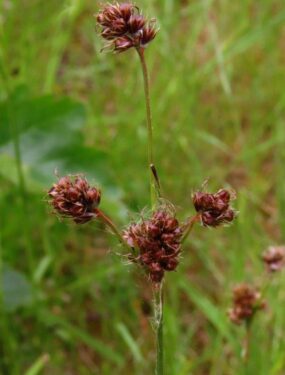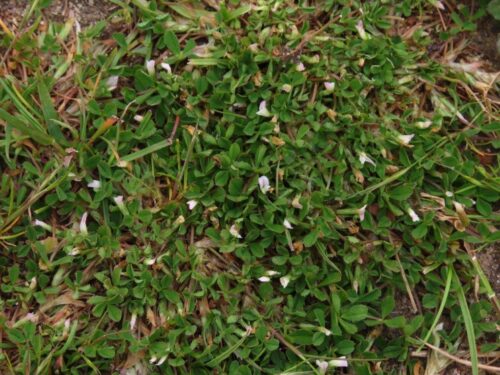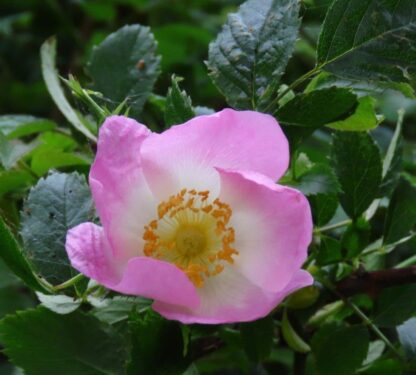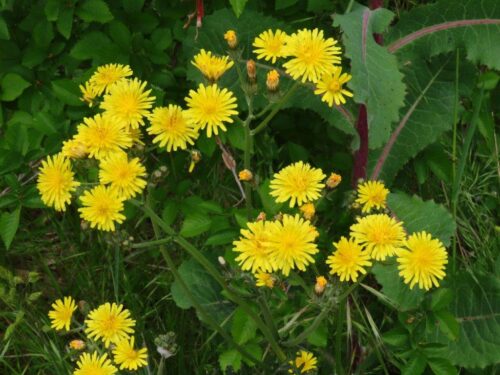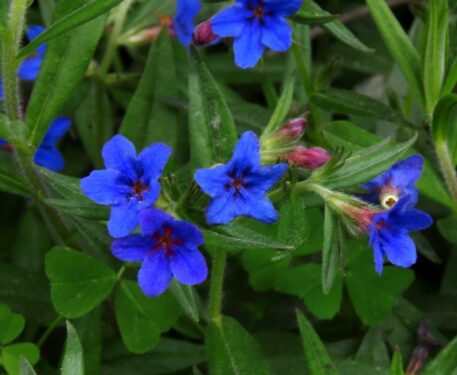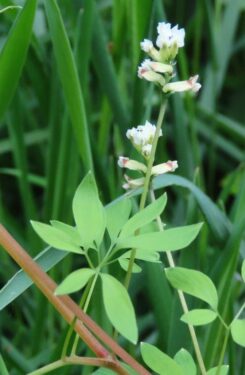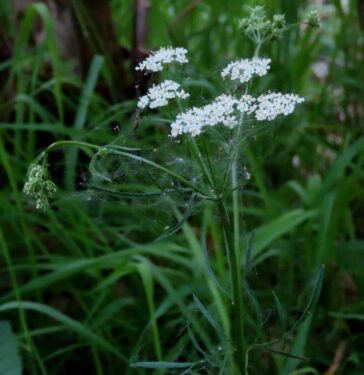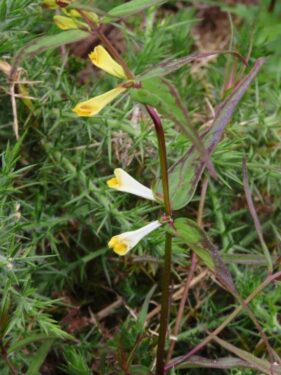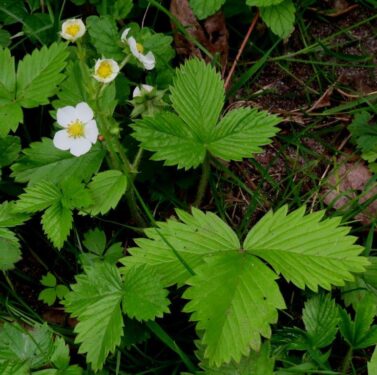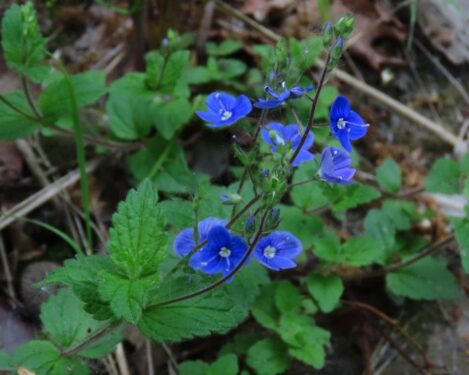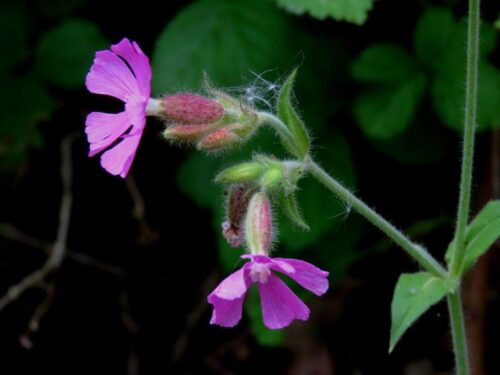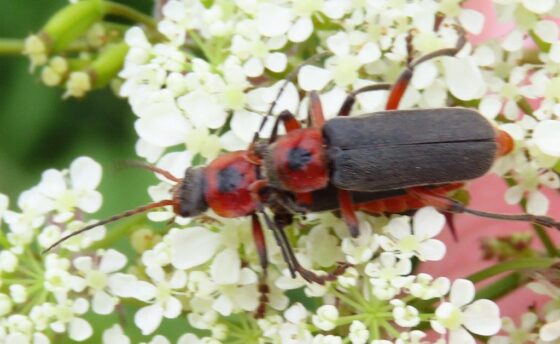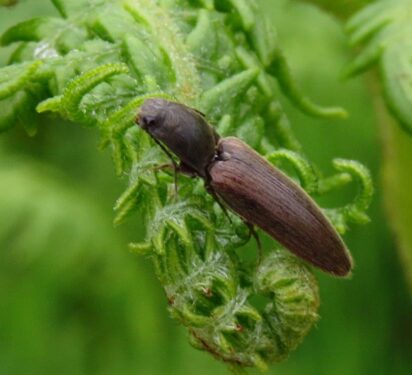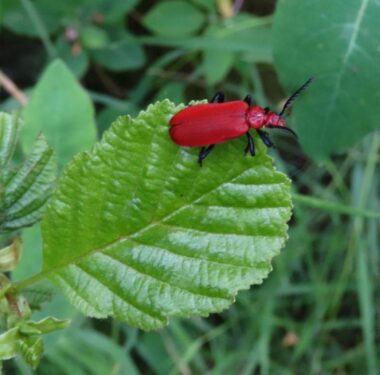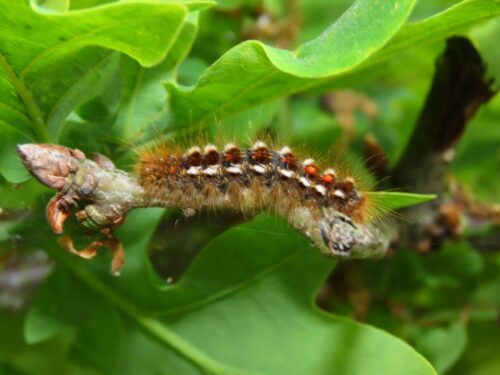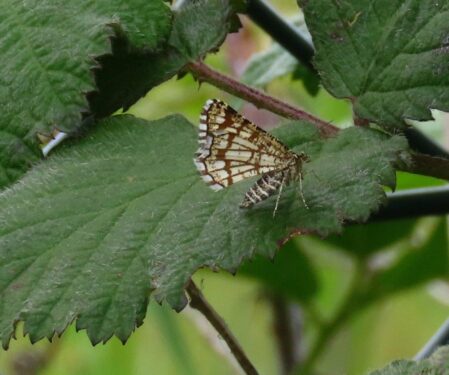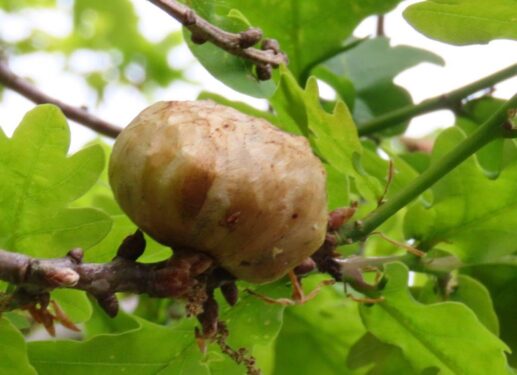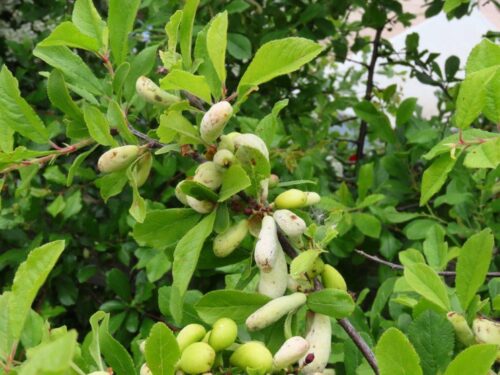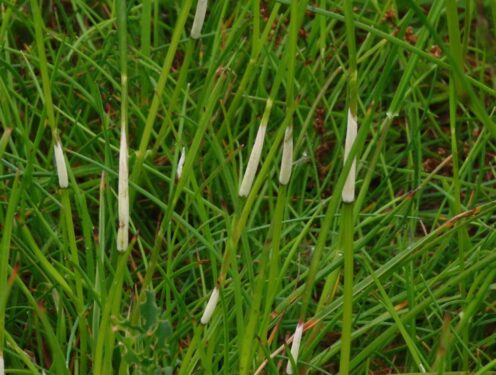Although not as sunny as forecast, and still with that persistent northerly breeze that has been niggling away all Spring, today’s exploration of the Wild Side of Essex with a small (but perfectly formed!) group of two provided almost all of what we hoped for.
By late May, as expected, all of the wintering northerly wildfowl and waders had gone, leaving just a few Shelducks (one pair with brand new chicks), Redshanks and Oystercatchers, the latter including our celebrity leucistic friend who has graced us with its ethereal presence for several years now.
Overhead, a couple of Hobbies were high over Wivenhoe, probably terrorising the local House Martins, and as we sat by Alresford Creek for lunch, a Red Kite drifted slowly over, still not a breeder hereabouts but surely only a matter of time…
On the saltmarsh, the Scurvygrass was almost over, so the next suite of flowerers are taking over, including Thrift and Sea Plantain, with Hemlock Water-dropwort in the topmost fringes…
… while the summer crop of Marsh Samphire (Glasswort) is just germinating on the barer patches.
Moving out of from the tidal influence, Hawthorn and Cow Parsley are now at their best, their mingling scents having a special resonance in my brain as my personal madeleine, instant remembrance of my 1970s youth cycling the lanes of the Yorkshire Wolds.
And seemingly every bush adorned with a singing Whitethroat.
Other singers included numerous Cetti’s Warblers, with Reed and Garden Warblers, Blackcaps and Chiffchaffs, Reed Bunting and Yellowhammer, at least three Cuckoos and even one solitary Nightingale. Here in the Nightingale hotspot of north-east Essex, clearly there must be plenty of females as all the rest of our pairs, perhaps five along the route we took, were silent.
The sea walls were adorned with such specialities as Salsify and Spotted Medick, while the coastal grazing marsh, covered in thousands of ant-hills, had Hairy Buttercup and masses of the nationally scarce Divided Sedge.
An assortment of other plants included Red Valerian, Rose Garlic, Tamarisk and the recent arrival to our waterfront block-paving, Four-leaved Allseed, until recently confined to the far-flung reaches of Cornwall and the Scilly Isles.
Our afternoon took us from the coastal plain to the heights of the Essex Alps. This shift from clay to gravel introduced a whole lot more plants, including Hop Trefoil, Slender Thistle, Heath Woodrush and Bird’s-foot Clover.
Dog Rose is just coming into glorious flower, while Beaked Hawk’s-beard was doing the heavy lifting of feeding the (few) insects flying around…
…while Purple Gromwell is now at its absolute peak along Cutthroat Lane.
Moving into the ancient woods of Cockaynes Reserve, a whole new suite of plants appeared, including Climbing Corydalis, Pignut and Common Cow-wheat, all very scarce in these parts.
So what of the insects? Well, as is sadly the new normal, rather few. A few soldier- and click-beetles, a Red-headed Cardinal-beetle, Brown-tailed Moth caterpillars and a Latticed Heath moth were just about all we could muster.
Apart from all that, several galls, including Oak-apples and Sloe Pocket-plums, and a patch of the Grass-choke fungus all added interest to a lovely, diverse day out.
But as an uneasy coda, just one butterfly (a Small Heath) and not a single dragonfly or damselfly. Yes, the cool breeze, the late Spring and last year’s extreme drought and unprecedented temperatures must take some of the blame, but I cannot help fear that we are heading for the Silent Summer, the result of our unsustainable impact upon our world. Our only world.
